Today I’m going to illustrate a bit of a drama as it unfolds, as a Japanese Green Woodpecker fledgling dices with death at the hands of a snake, and then is coaxed out of the nest by his mother. I visited the Jindaishokubutsukouen, which I guess translates as the Jindai Botanical Park, on both the 16th and 23rd of June, 2007. I’m not going to go into detail of the first visit today, although you can see the photos online, but I really wanted to concentrate on talking about the shots from the second visit on the 23rd.
The park is located in Choufu City about an hour’s crawl through the traffic from my Tokyo apartment. This is one of the few places in the City itself that it actually does take longer to get to by train than car from my place. On my first visit, I was really there to shoot the flowers, and I’ll put a link into the show notes to view all the shots from this visit, as well as the next visit that we’re going to look at today. The reason I went back just a week after my first visit is because while I was shooting the flowers, my other half, who was killing time waiting for me, walked a little further down the path we were walking along while I was stopped shooting lilies in a brook, and she noticed a huge white lens gang pointing their lenses up at a tree. On asking a gentleman that was sitting patiently with his 500mm F4 trained on the tree what they were waiting for, she heard that there was a pair of Japanese Green Woodpeckers taking turns sitting on their eggs. She came back excited and told me, and having finished shooting the lily, I walked the 50 paces or so further along the path to the crowd.
I also asked some details of another gentleman that was only too keen to chat about the birds, and heard that one of the parents would fly back to the nest around every two hours. I decided to hang around for a while, but the longest lens I had in my bag was the 100-400mm L lens, which, although a fine lens, was really not going to get me close enough from where I’d need to shoot with all the others already in position. Still, I setup where I could and trained my lens on the whole in the tree trunk too, and waited for an hour or so. One of the woodpeckers was due to come back apparently so I thought it was worth a wait. Anyway, neither parent showed, so I decided as the park was close to closing time, I’d call it a day. I thought about coming back the following day, but it turned out that I couldn’t make the time, and so decided to go back the following weekend. Actually, thinking that if the birds were still sitting on the eggs, I might even leave it until Sunday the 24th or even the following weekend to go back. I woke up relatively early on the Saturday morning though, and thought it would be worth trying my luck, so I loaded up my 600mm F4 and a few other lenses, and headed out.
It was around 10AM when I’d fought my way through the traffic, but I wasn’t really rushing, as the park doesn’t even open until 9:30AM. The only problem was that I knew the white lens gang that I intended to join for a day would already be out in force. I was not disappointed. As I got closer I could see that there were now even more people set up with their lenses than the previous week. The gentleman that I had spoken to before recognized me and bowed his head as I approached and told me that the chicks had hatched. This was pretty cool, as it meant that the parents would now be out together catching food for the chicks and come back to the nest much more often.
I set up my camera in a location towards the back of the crowd between some others. This gave me a nice angle at the hole from where the chicks would peep, and was also far enough back to allow me to shoot the scene almost horizontally. I did have to use the 1.4X extender with the 600mm F4 lens mind, so I was shooting at 840mm to get the birds a reason size in the frame, and even then I cropped the final images by around 15% or so. One guy said to me at some point in the morning that I didn’t need to bother with such a large lens and an extender as I could crop out just the birds from a larger image. I just said that this would result in throwing away too many pixels to be able to make a decent sized print and ended the conversation. I wanted to go on and say that I wanted to be able to do more with my images than to print them out at A4 size or smaller just to show them off in the park, on days exactly like this one. I enjoy the socializing at impromptu gathering like this, and became friendly with a couple of people on this day, but my main objective is to shoot the birds, not showing off a little album of greatest hits. I don’t even carry one of course, apart from a copy of my portfolio on my Epson portable storage, and the last thing I want to do is worry about where that is while trying to photograph wildlife. I did enjoy taking a look at a few albums from the two people that I became friendly with, but some people make this the main objective, and I find it such a waste to be able to shoot subjects like this only to get an image that can be printed large enough to impress others in the park.
Anyway, before I start rambling too much, it was not long after I’d been set up before one of the fledglings stuck his head out of the hole in the tree trunk, and I started to get some shots. Around 40 minutes after I got there, one of the parents came back and fed the fledgling for about 20 or 30 seconds or so, then flew away again. We’re not going to look at any shots from this first batch, as I got some better ones later. First today let’s take a look at image number 1479, which was shot not long after the parent had just flown away after the first visit, and one of the fledglings was peeping out of the hole, seemingly looking for the parent. Not a great shot, but when viewed large, for some reason, the markings around the eyes of this fledgling look like he has large upper eyelashes. We can also see how what kind of conditions I was shooting in. The tree trunk itself was in shade, yet the background was very brightly lit fresh green leaves of the nearby trees. I’d chosen this spot before there were no overhanging branches in these other trees to make dark lines in this beautiful green bokeh we can see to the right of the tree trunk.
Of course, I switched to manual mode and set the exposure myself. For much of the time, I was stopped down just one third of a stop from f5.6, which is the widest aperture of the 600mm F4 lens after adding the one stop that the 1.4X extender costs me. So I was shooting at f6.3 for a lot of the time, just to give me slightly more depth of field than wide open would. I didn’t want to go much smaller, as I didn’t want that green bokeh to start to come into focus much more, but also I was having to work with quite slow shutter speeds. Even at ISO 400, I had to use a shutter speed of 1/30th of a second at f6.3, and this was really already too slow for shooting birds. As birds tend to make very sharp jerky movements I knew by selecting this shutter speed that was going to be committing at least half of my shots to death, possibly more.
You can see in this shot and even more in some of the other shots we’ll look at today, that some of the background is overexposed. I’m not worried about this at this level, as I’d much rather get nice vibrant greens for the most part, and just let the highlights go their own way. I’m obviously much more interested in getting the shadow areas of the tree properly exposed in this situation, so really just checked my histogram, ignoring any overexposure, which is the mountains clipping on the histogram to the right, and really concentrating on keeping from clipping any more than the darkest shadows to the left of the histogram. I found that the exposure indicator or caret in the viewfinder was around + 2/3 of a stop over 0 when I aligned the center of the lens with the right line of the tree trunk so that the frame was half tree and half highlights. Of course, if I move to fill the whole frame with the highlights, I was showing way over exposed, more than two stops, and if I put the tree trunk in the center of the frame, with just a tiny amount of hightlights showing either side of it, I was seeing that I my exposure was around minus one. It’s exactly this shift that makes me want to shoot in manual mode under these conditions. I don’t want to be locked into having to keep the line of the tree in the center of the frame, which is what I’d have to do if I was in Aperture Priority mode, with plus 2/3rds of a stop exposure compensation. This is of course what I’d have to do, or anything I shot with more highlights in the frame would throw the tree trunk and birds into shadow, and if I fill the frame with too much tree trunk, not only would the highlights be even more blown out, but I’d also start to over expose my main subject.
Anyway, I’d been hanging around, shooting the fat with some of the others, and occasionally shooting the fledgling that stuck his head out of the whole, when my other half said “what’s that!” I put my eye to the find and noticed something thin kind of wiggling its way into the hole and then a moment later one of the fledglings flew out of the nest and on to the ground maybe 7 meters or about 20 feet from the tree. Someone said that it was a snake that had gone into the nest. Everyone crowded around but kept their distance from the fledgling, which I was surprised to see was already as big as its parents, and it jumped through a gap in a fence and hid under a hydrangea bush by the stream flowing through the park. There was a little bit of panic. Someone called the rangers of the park while someone else found a big stick to beat the tree trunk with to scare the snake out of the nest. I’m not sure if was the right thing to do, as the snake has to eat to live, as well as all other living creatures, and they might have been removing a chance of a meal by doing this. The snake didn’t come out though, and the ranger turned up with a blanket and a net to take the bird that had fled the nest into captivity.
Quite some time later, when everyone was sure that the snake had either eaten, or at least killed one or both of the fledglings that remained in the nest, the snake slowly started to stick its head out of the hole in the tree. I have uploaded three shots from this point, but let’s just look at image number 1481, in which we can see the snake yawning its head off, seemingly contended with a full stomach. The settings for this shot and the next were exactly the same as the last one, so I’m not going to go into the technical details, but rather concentrate on telling the story. Not being a snake expert, but having a bad tendency to personify all living creatures, I really felt sure on seeing this yawn that the snake was now content after his meal. I’m sure it was big enough to eat one of these fledglings, and it had probably had long enough to do so. However, I kept my lens trained on the snake as he left the nest, not only to photograph it, but also to see if there were any large bumps along its length.
We can see the snake making its way out of the nest in image number 1482, but I was happy to see that there were no bumps to be seen. The snake had not eaten any of the two remaining fledglings.
It was shortly before noon when the snake left the nest, and the air was pretty tense for a while as the parents could be heard calling in a nearby tree, obviously aware of what had happened, but not able to do anything about it. It had been around 20 or 30 minutes since the snake left when we finally saw one of the fledglings stick its head out of the nest. There was a gasp of relief and a number of definite shouts of joy from the people around the nest. I can’t remember if this really happened, for fear of startling the birds, but I think there was even a round of applause. If there wasn’t an audible one, there was definitely one inside all of the people joined together in support of the remaining fledglings. At least now we knew that one of them was still alive.
In the next shot, number 1485, we can see that the mother had returned to the nest. I actually got a shot of the mother passing food to the young, but it was a little too soft for my liking due to the movement of the heads of the birds. Here though, we can see that the mother, was now moving around the back of the tree a little more, keeping its distance from the fledgling to some degree. It was starting to try and taunt the youngster from the nest. The nest had of course been compromised. The snake now knew that the young were there, and who knows when he’d be back to try his luck again. So the parents were edgy and obviously the best thing to do now was to get the young out of the nest on their maiden flight. This is by the way I think my favourite shot from the day. I am once again possibly personifying these birds, but I see a real bond, some affection in the eyes of this parent and child as they really seem to gaze into each other’s eyes. I should probably mention here that we know that the parent here is the mother, not the father, because the red crown only covers the back of the birds head. The male of this species has a crown starting around the same place, but coming so far to the front of the head that it almost reaches the beak.
Having lost too many of the feeding shots, I changed my settings, going to ISO 800, and opening the aperture fully to f5.6, and obtaining a shutter speed of 1/80th of a second. Although it wasn’t to be, I was also hoping to have more of a chance of capturing the actual moment that the fledgling takes flight. I used these settings for image 1486, in which we can see that the mother had flown into the canopy above, staying close to the tree though, still trying to coax the fledgling from the nest. You can also see here what I was talking about earlier. The highlights here are totally blown out, with the bright summer sky shining through the gaps in the leaves. I have a perfectly exposed bird, which I’m happy with, but I think this is a little further than I’d really like to go on the highlights.
Three minutes later at 1PM, we can see in image number 1487, that the mother is back down by the hole, but this time staying even further around the tree trunk, really coaxing the fledgling out, and it is in this shot that we can now see that the fledgling is starting to heave itself out of the hole. As we can now see that the fledglings red crown goes a little further forward than the mother, I’d guess this is probably a male, but I might be wrong.
In the next shot, number 1489, we can see the actual moment that the fledgling swings out of the nest and onto the side of the tree trunk. There’s lots of subject movement here, because I’m still shooting at 1/80th of a second shutter speed, but in this case I like that, as it enhances the feeling of movement. I shot this before the start of the Movement Assignment by the way, so this is not going to be my entry photo.
In image number 1490, shot a moment later, we can see the fledgling stabilized on the tree trunk getting its bearings. A moment after this, it took flight. I tried to capture it, but I was being hit with buffer problems on my 5D. I’d been shooting like crazy as the fledgling left the nest and with an OK, but slightly small buffer of 17 RAW images, I was having to wait for my camera to get the images onto the memory card. It was around this time that the new Canon EOS 1D Mark III, with its 10 frames per second and 30 consecutive frames in RAW mood, really started to sound a lot more important than the fact that it has less pixels than my 5D. Most of you that follow the forum will probably know that I’m holding out for a 1Ds Mark III, or whatever it will be called when it’s released, but the currently available 1D Mark III really did seem appealing on this day.
The fledgling sat on the bow of a nearby tree for about twenty seconds, which I did shoot, although it wasn’t a great shot, and then it flew away. I have to admit I was pretty moved to see this whole drama. With the snake and the one fledgling that got taken away to save it from what might have happened had it stayed under the hydrangea bush, and then seeing that the second fledgling was OK and then watching it take its maiden flight, starting out on a new life. It was a really nice, warm, bordering on hot early summer day, and many people, including me and my other half sat at picnic tables eating snacks for lunch and chatting with others that had shared the experience. I felt pretty humbled to have turned up here really only seriously trying to shoot these birds for one morning, and yet being able to witness not only the drama of the snake but also to see the fledgling take flight. I felt lucky that I didn’t decide to do some other chores on this day and put the visit off until the following day or even the following week. One guy that I’d become acquainted with, a Mr. Takeuchi, did say at one point “what do you think you’re playing at turning up here for a few hours and getting all these great photo opportunities”. Of course he was just teasing, but it was true. I’d been pretty lucky. Some of the people around me had been here from morning until evening every day for the last two weeks. Not possible when you have to hold down a full time job of course, but I felt humbled all the same.
It was while sitting eating lunch and laughing and joking with the others that one of the parents suddenly came back to the nest. I have to admit, that like most others, because most of them had already left, I’d totally forgotten about the third fledgling. There it was now though being fed by its parent. It had not been killed by the snake. I started to grab my 100-400mm lens as I’d already packed the 600mm away, but by the time I stood up, the parent flew away. Was I bothered? Not at all. I was happy and contented. I sat back down, had a chat for a while longer and then took a steady drive home, thankful to the Japanese Green Woodpeckers that had made my day.
One other thing that I got from this day is something that I am sadly lacking and hopefully am now at a turning point with. I have very few connections here in Japan to share information on what birds are where at any given time. All of these people that had been shooting the Japanese Green Woodpeckers had heard of this location through calling each other and blogs etc. I got the contact details from a couple of photographers on this day, and some great information on what else there is to shoot in the area, and other locations around the country. I was reminded how important networking is, and really hope to be able to expand on this moving forward, obviously giving information as well as taking.
I hope you enjoyed this virtual Saturday morning with me. Next week, possibly for a few weeks, I’m going to start to discuss some single exposures. There are a number of images in my online gallery that I want to talk about for one reason or another, although they aren’t really part of a travelogue or documentary style podcast like this one. So I’ve made a list of these images, and will probably start to talk about them next week. So stay tuned for some tips and techniques. Apart from that though, all that remains to be said is have a great week, whatever you have planned. Bye-bye.
Show Notes
Music from Music Alley: www.musicalley.com/
Subscribe in iTunes for Enhanced Podcasts delivered automatically to your computer.
Download this Podcast in MP3 format (Audio Only).
Download this Podcast in Enhanced Podcast M4A format. This requires Apple iTunes or Quicktime to view/listen.

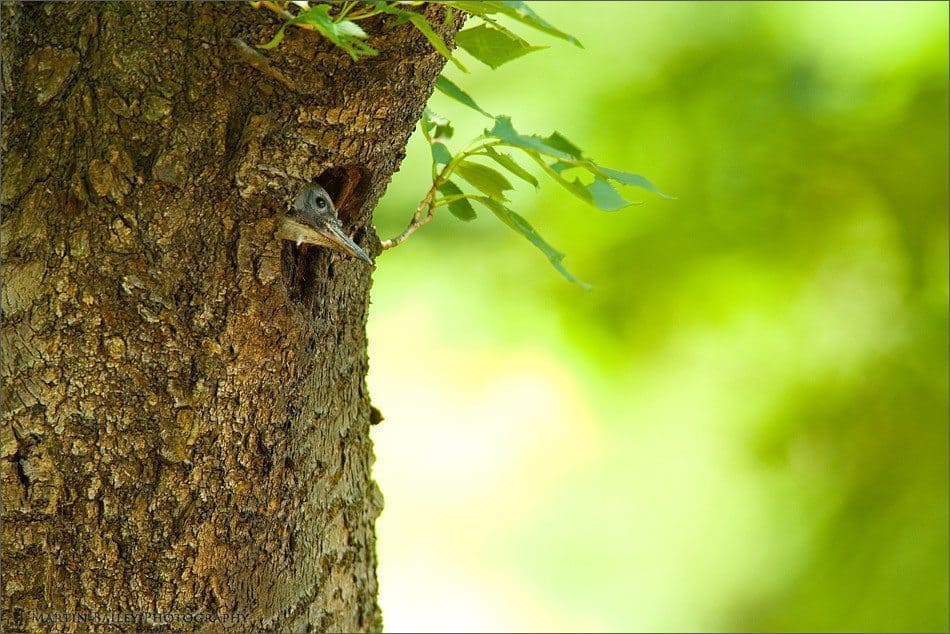
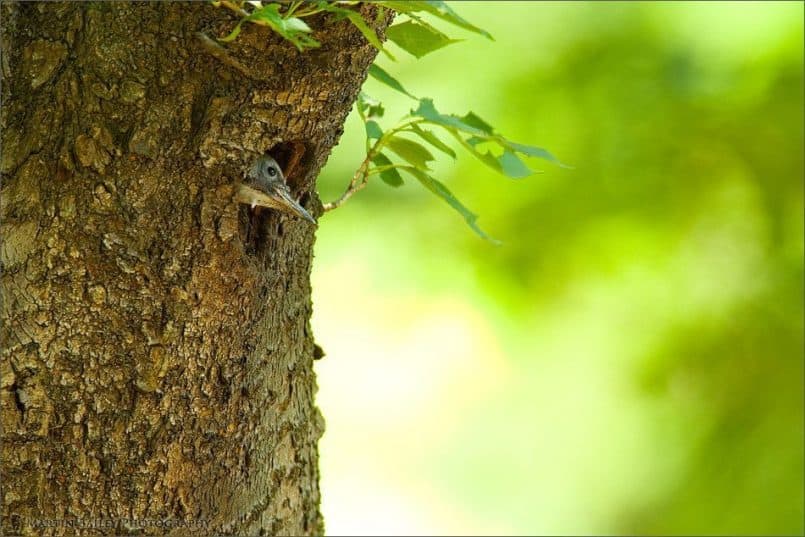

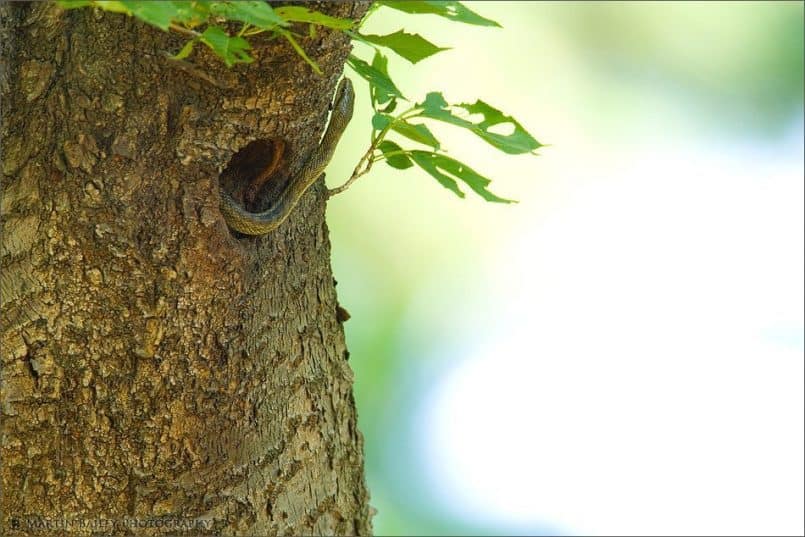
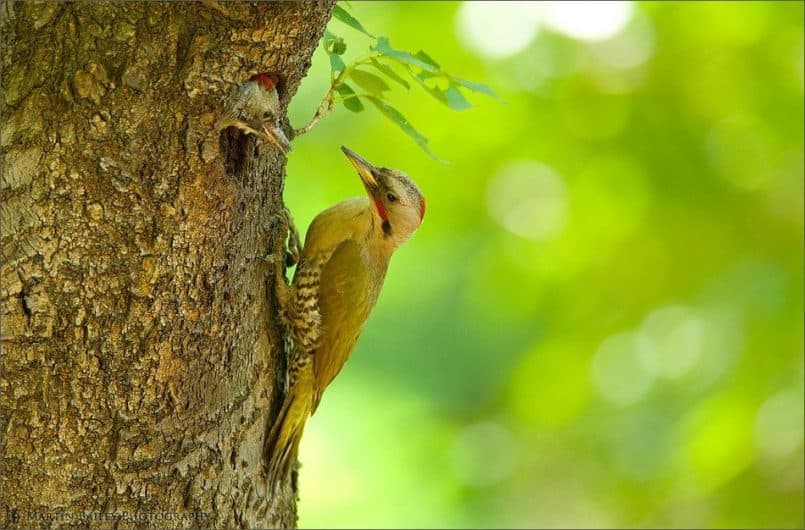
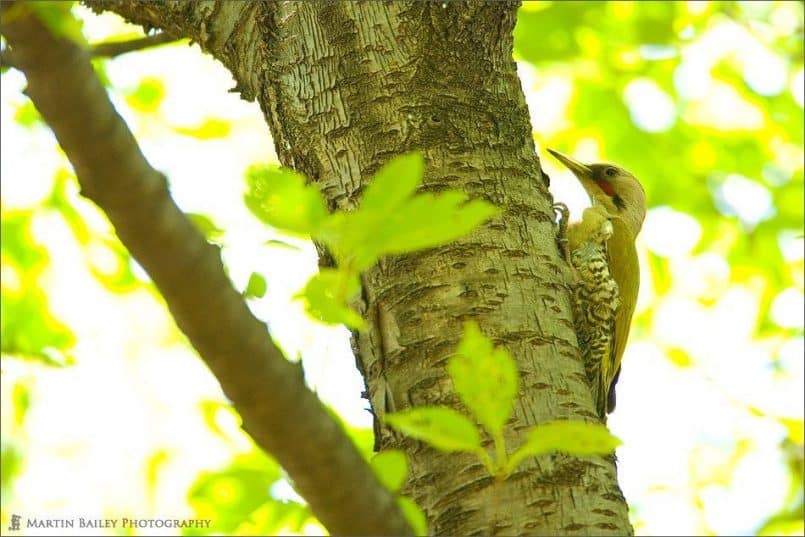
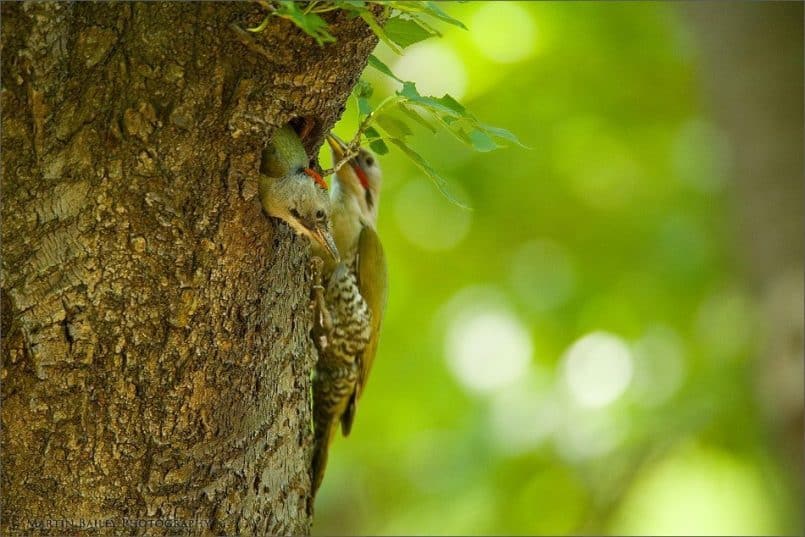
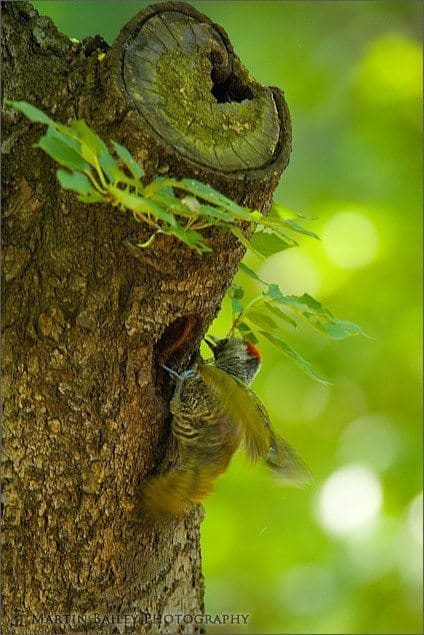


0 Comments